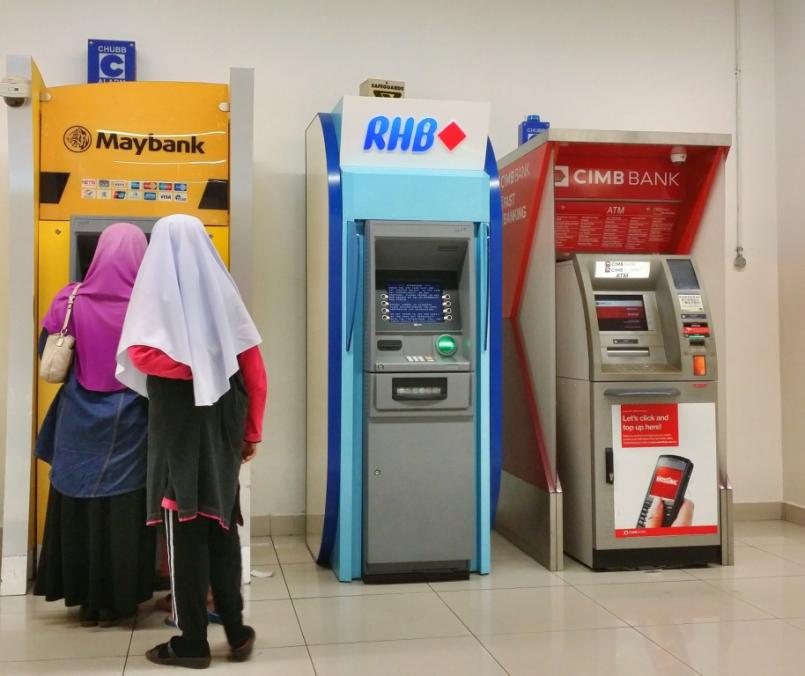
How will the MFRS 9 affect Malaysian banks' capital ratios?
Banks' provisioning could increase by as much as 75%.
The more significant impact of MFRS 9 would be to the capital positions of banks from the additional provisions that they may have to make, according to Maybank Kim Eng. The banks have yet to disclose the effects of MFRS 9 on their accounts.
Nevertheless, in stress testing the resilience of the banks’ capital positions to increased provisioning, Maybank Kim Eng's scenario analysis assumes a uniform 50% (base case) and 75% (worst case) increase in provisioning across all banks.
Here's more from Maybank Kim Eng:
In our base case stress test scenario which assumes a 50% increase in total allowances, the impact to the capital ratios of HL Bank and Public Bank would be neutral, given that they have sufficient Regulatory Reserves to buffer the increase in provisions. The impact to AFG’s CET1 ratio (-5 bps to 12.5%) would also be fairly mild.
RHB and Maybank’s CET1 ratio would decline by 26 bps and 85 bps to still comfortable levels of 12.7% and 12.5% respectively. In fact, all the banks in our coverage would still be able to maintain a comfortable CET1 ratio of at least 11%, with the exception of AMMB and CIMB.
AMMB’s CET1 ratio would fall marginally short of the 11% at 10.6%, while CIMB’s ratio would come in at 9.9%. A point to note is that CIMB targets a CET1 ratio of 12% by end-2017 from 10.9%presently. This would undoubtedly add to its buffer such that its post-MFRS 9 CET1 ratio should be a decent 11%.
In our worst case stress test scenario which assumes a 75% increase in allowances, the impact would still be neutral on Public Bank while the other banks would see a 20 bps (HL Bank) to 165 bps (CIMB) decline in CET1 ratios.
All banks would still have a comfortable CET1 ratio of at least 11%, while AMMB and CIMB would fall short at 10.3% and 9.2% respectively. Adding on 1.1-ppts on the assumption that CIMB does achieve a CET1 ratio of 12% by end-2017, CIMB’s CET1 ratio would be a higher 10.3% post MFRS 9 implementation.
The conclusion here therefore is that most of the banks are well-capitalized and in our base case scenario, it is unlikely that there would be cash calls ahead or post MFRS 9 implementation.
Least impacted by the impairment test, in our view, would likely be Public Bank, HL Bank and AFG that have sufficient buffers at this time, to offset the potential increase in impairment provisions.























 Advertise
Advertise







